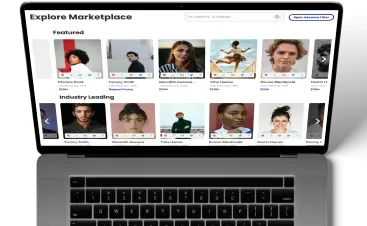The pandemic caused a seismic shift in the advertising industry. When the world shut down, ad agencies could not access on-location talent and studios even though brands still needed creative content. As a result, brands once dependent on advertising agencies for creative content (photography, graphics and video) began exploring alternate options. Brands quickly discovered that User Generated Content, also known as UGC, was the perfect solution. Creator-generated UGC proved to be cost-effective and provided an opportunity for top influencers to leverage talents other than influencer marketing. This influencer marketing trend is here to stay as brands continue to leverage paid UGC, even as the world recovers.
With branded content, content creators can collaborate with companies to create content that aligns with their brand values and targets their desired audience. The result is a win-win situation: the company gets to promote its brand more subtly and creatively, while the content creator can showcase their storytelling skills, all while keeping costs low. With the rise of social media and influencer marketing, branded content has become more prevalent, providing numerous opportunities for content creators to develop their skills while earning income. In addition, it’s a cost-effective way to create aesthetically pleasing content while promoting a brand and delivering value to the target audience.
What is a UGC Creator / Influencer?
A UGC creator is a person or group that creates content to promote a particular product, brand, service or message on behalf of an organization. UGC produced by a creator is often called Creator Generated Content (CGC).
UGC ranges from audio, video footage to images, text postings and reviews, and other forms of digital media. UGC often contains an element of interactivity and may be consumed by various audiences through various online platforms typically chosen by the brand. While traditional forms of content generation typically involve the producer creating the product for the consumer to consume passively, UGC reverses this relationship – it’s about consumers producing content for the brand.
Historically, brands relied on advertising agencies to create their branded content. However, UGC allows for a more authentic and relatable message in today’s competitive marketplace. After all, consumers tend to trust and engage with content from sources they can relate to, such as people like themselves. In contrast, advertising agency-produced content can often come across as disingenuous, sterile and lacking a certain level of spontaneity.

What is an advertising agency?
An advertising agency is a business entity responsible for creating, strategizing, and managing a company’s paid advertising and creative initiatives. Advertising agencies typically specialize in specific media platforms such as radio, TV, print, outdoor billboards or digital media (websites and social networks).
The primary purpose of an advertising agency is to help companies communicate messages about their product or service to their target audience. This communication can be done through traditional methods, like television commercials, magazine ads, social media creative and digital ads.
Advertising agencies usually employ professionals from various disciplines, including creative direction (graphic designers), copywriting (writers), research/strategy development consultants, and analysts specializing in marketing data collection/analysis. The goal is for each expert to leverage their respective field to craft compelling campaigns that will capture the attention of target audiences while also creating visible brand awareness.
What is The Difference Between Consumer-Based UGC VS Influencer-Based UGC?
Not all UGC is the same or comes from the same source. There are two main types: consumer-based UGC and influencer-based UGC. Although both types have their benefits, it is important to understand their key differences.
Consumer-based UGC comes directly from everyday people, whereas influencer-based UGC is created by individuals hired by brands to produce content. Understanding the nuances of each type of UGC can help brands create a more effective marketing strategy that resonates with their target audience.
What are the different types of UGC Creators and content?

UGC Video Content
When it comes to promoting products nowadays, seeing is believing. Regardless of your online content or what you want to promote, video content is the most effective approach to generating UGC. Video content gives audiences a unique view and a sense of legitimacy, two things that are harder to convey with other forms of media. UGC short videos of someone trying your product or creating a contest and giveaway are great ways to get consumers to engage with your brand. Video content is also highly shareable and easily consumed, making it an effective strategy for boosting engagement and reaching a wider audience.
UGC Creators for Videos
User-generated content creators for videos create and share video content on various digital platforms such as YouTube, TikTok, and Instagram. With the help of their creativity, humor, and unique perspectives, they can do greatly relatable, engaging content with their skill and video editing tools. User-generated content creators for videos have become an essential part of the entertainment, Technology industry, lifestyle industry, etc. UGC has also become an important part of marketing strategies for businesses, who often partner with them to promote their products and services.
@yumyumfeast 💅🏽😩🌮💞 Get your Pink Handmade Tacos! #latinastiktok #latinaownedbusiness #tacos
UGC Product photos and Social Media Content
UGC Product photos are original, company-specific content created by content creators to help brands connect authentically with their audience. UGC product photos can be used on social media, e-commerce websites, paid advertising and other marketing materials such as decks and product manuals to give potential customers a better idea of the product’s appearance in real-life situations. UGC social media content is a great, inexpensive way to reach your niche audience and gain more customers.
UGC Reviews and Testimonials
UGC product reviews influencers provide an honest opinion of your brand or service. They will show potential customers how they will benefit from your product or service. These UGCs are extremely important for businesses as they provide social proof and credibility that traditional marketing tactics often lack. For instance, a recent study shows nine out of ten customers read reviews before buying a product. Therefore, brands must have UGC reviews and testimonials and actively engage with them. It helps improve the brand’s visibility, boosts engagement and drives more sales. Moreover, businesses can use this UGC feedback to improve their products and services and delight customers even more. So, if you’re not leveraging the power of UGC reviews and testimonials, you’re missing out on a significant opportunity to grow your business.
Along the same lines, Testimonials can demonstrate to your target audience that you thoroughly understand their problems and pain points. Creating a client testimonial page on your company’s website allows UGC to sell for you. It’s proven that people trust brands that have real, relatable people to promote their products.
Encouraging reviews and customer feedback may seem obvious, but customer feedback is crucial to your company’s health. Receiving negative reviews may seem daunting, but the way you respond to negative feedback says a lot about the company. This can help you demonstrate your brand’s customer service skills, thus adding even more trust and credibility to your brand.
On Glewee, Los Angeles based experiential restaurant Pink Taco worked with creators to make and publish UGC showing their experience at their newest location. This creates real-time buzz and gives the brand the ability to repurpose and republish this content onto their own social media pages to show their followers that other customers are proud to talk about their product and service on social media.
UGC Blog Posts
Influencer blogging has been around for years (think back to mommy bloggers) and has only grown in popularity. Bloggers will create and write blogs about their entire experience using a product or service and how it benefited them. Bloggers consider the brand’s voice, values and personal experience with products like the one you want them to promote. Finding a blogger that posts in your niche and reviews products like yours is important. This will ensure that the blog will reach the correct niche to establish an increase in sales.
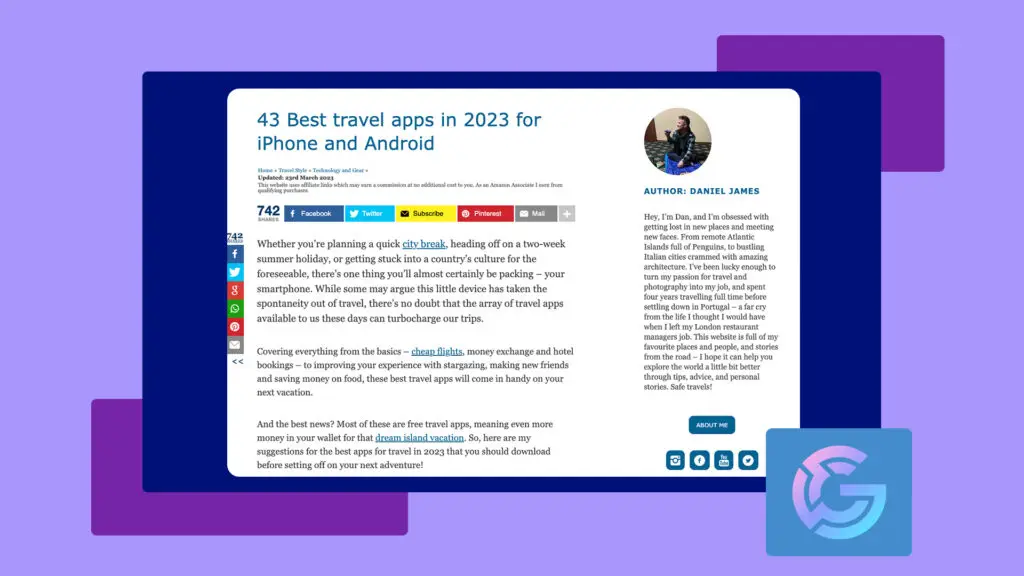
UGC Question and Answer
Having influencers conduct a question-and-answer live streams has become increasingly popular. This form of UGC allows customers to ask product-specific questions and receive real-time responses. Having Q&A live streams helps to complement the reviews your company has already received. The live streams primarily focus on the clarification of the product, how it works and if it would benefit the consumers rather than the quality of the product. This helps consumers decipher if they need the product, meaning the people who buy the product will be the perfect target audience, leading the company to better reviews.
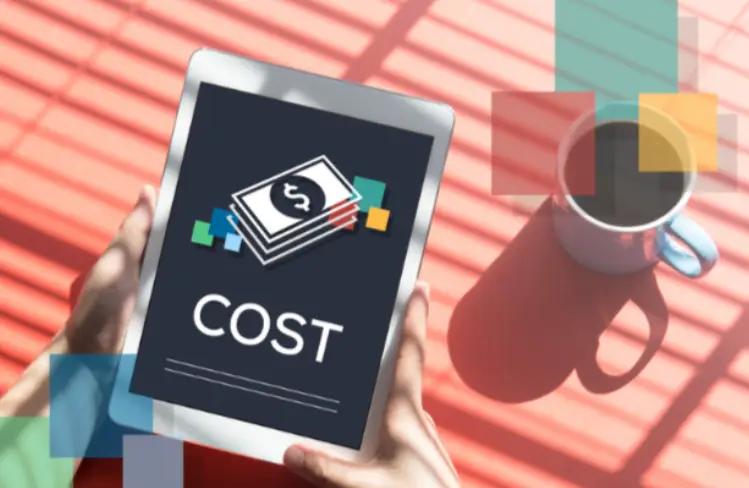
Costs associated with UGC video content made by a creator
Content creators are known to be significantly more affordable than traditional advertising agencies and sometimes with better results. When using an influencer to create your creative content, they probably will not use the same top-of-the-line equipment ad agencies use. Social media content creators have learned to create content anywhere, anytime (often with their phone camera and a ring light). Influencers have become professionals at video editing and know precisely what their audience likes to see from them.
Content creators are savvy individuals who have mastered creating captivating photos and videos. So what sets them apart from the rest of us? It all comes down to their unique ability to curate and showcase their brands authentically and creatively. By honing their skills and investing in high-quality equipment, influencers can capture stunning visuals that showcase their products, evoke emotion, and inspire their followers.
Content creators put a lot of time and effort into what they post to keep their audiences engaged without paying for the high dollar advertising production costs. UGC creators are taking the marketing world by storm with just a phone, video, ring light and editing skills to create engaging content.
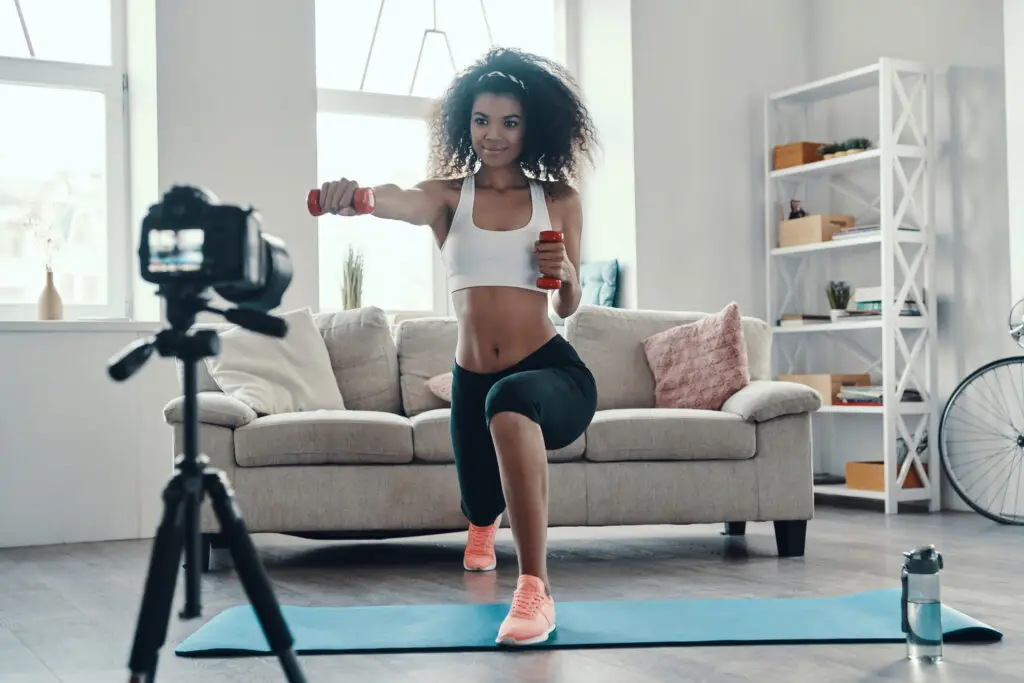
What does an advertising agency need to make video content?
Conversely, traditional advertising uses marketing methods that can be used with or without the internet and social media. These methods have been around for decades and are typically used less now. When working with an advertising agency for content, brands must consider the production costs. Advertising agencies need professional cameras (equipment rentals, light rigs, lens kits), locations, actors/models, professional video editing, post-production and more.
From an outsider’s perspective, the economics speak for themselves. Ad agency-produced content is going to be much more expensive than creator-produced content. However, when it comes to the big picture, there’s more at play. Advertising agencies are experts in crafting campaigns that are proven to drive results, and they have an experienced and specialized team of professionals dedicated to every step of the process. They also have access to cutting-edge technology and software that can help elevate their content to the next level.
From crafting messaging to executing outreach strategies, advertising agencies take a holistic approach to ensure every aspect of your campaign delivers a coherent message that drives brand engagement. While creator content can undoubtedly be high-quality, it may lack the breadth of expertise and resources that advertising agencies bring.

Costs associated with an advertising agency to make a 60-second video?
When it comes to making a 60-second video, a lot of work goes on behind the scenes at an advertising agency. While the final price tag can vary depending on the project’s complexity, a few key factors contribute to the overall cost.
Pre- Production and Project Management
There are many steps that go into creating a 60-second video:
- Your company must meet with the video’s producer, creative director and executive manager before planning the advertisement. These costs start at $750.
- A script and storyline will be written and then approved by your company to ensure the direction that you want the ad to be taken. This cost starts at $500.
- The visual planning and logistics director for talent and the location on film day starts at $1,000.
Film Day Production
Film day production is the most important aspect of hiring an advertising agency to create your ad. The director of photography and cinematography will be there, along with the art director and assistant. Camera equipment rentals, lens kits and light rigs will need to be set up and ready, as well as data capturing. In addition, media shipping and on-location actors and models will need to be executed. It is a long day for everyone involved, and everyone must be paid. This cost begins at $2,650.
Post-production Editing
While the cost of producing a 60-second video for your advertising agency can vary depending on several factors, such as the project’s complexity, location, and professionals’ fees, one thing is clear – a well-produced video can leave a lasting impression on your target audience. Post-production fees, such as sound mixing, color correction/color grading, animation and the addition of special effects, can add up quickly. It is also essential to consider the cost of equipment and software necessary for post-production work.
Other Advertising Agency Costs
In addition to post-production, producing a commercial video involves several other fees that must be factored into the overall cost. According to BeverlyBoy Productions, these are some fees that can vary depending on the specific requirements of the project but can include:
- Expenses for a film director (up to $250 per hour).
- Scriptwriter (up to $150 per hour).
- Cameraman (up to $400 per hour).
- Editor (up to $175 per hour).
- Actors (up to $500 per hour).
- Equipment (up to $100s per hour).
- Studio rental (up to $400 per hour).
- A narrator (up to $400 per hour).
- Audio files (up to $1000).
- Video rendering (up to $75 per hour).
- B-Roll (percentage of the total cost between 10% and 50%).
Additionally, there may be miscellaneous fees that can range from small to significant amounts. It is important for companies to carefully consider all these expenses when planning their video production budget. According to Promo, companies can expect to pay advertising agencies around $50,000 for a commercial video project.
Evanto breaks down its video fees into pre-production, production and post-production:
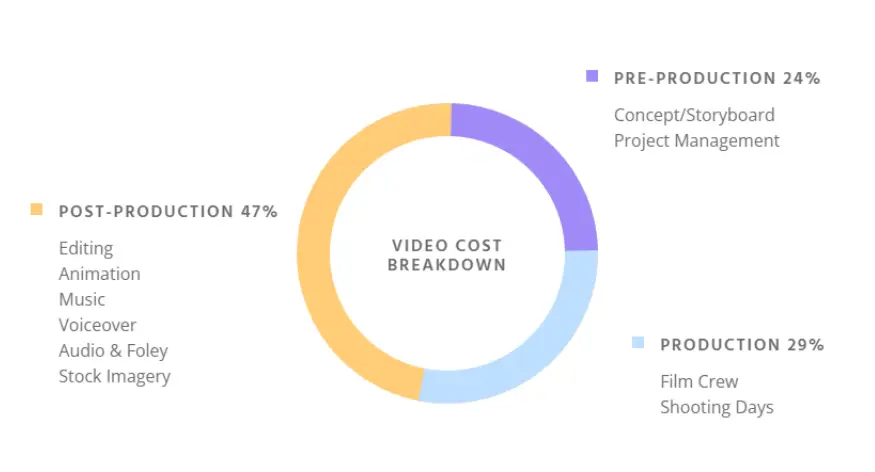
Other UGC Creator and Advertising Concerns:
When it comes to traditional advertising agencies, one of the biggest challenges can be determining who owns the intellectual property behind the advertising idea. While clients may assume they own the rights to any concepts or materials developed by the agency, many agencies assert that they own these rights. This is often due to contracts signed between the agency and the client and guidelines set forth by the American Association of Advertising Agencies.
To avoid any confusion or disputes, it is important for brands to clearly define who owns the intellectual property associated with the advertising campaign. This can be accomplished by negotiating a contract that outlines ownership and usage rights for all parties involved.
Using Content Creators to produce Branded 60-Second Videos:
Alternatively, some brands may work with content creators and utilize their talents in their advertising content strategy. For example, on the Glewee platform, when a brand orders UGC from a creator, they will own the content in perpetuity (forever) and can use the paid UGC however they choose. This can significantly reduce the legal complications with traditional advertising, as there are fewer restrictions on the type of content that can be used.
Whether working with a traditional advertising agency or utilizing UGC, brands need to clearly understand ownership and usage rights when it comes to intellectual property. This helps avoid any legal issues and ensures a successful advertising campaign.

Leveraging user-generated branded content made by creators can be a cost-effective and creative way for brands to connect with their audiences. It’s becoming increasingly important for brands to think outside the box when producing creative and compelling content.
By collaborating with talented creators who can produce high-quality videos, product photography, and blogs, brands can access a treasure trove of unique and engaging content that resonates with their target audience. In addition, this approach is more cost-effective than traditional forms of advertising and offers a fresh and authentic perspective that can set a brand apart from its competitors. So if you’re looking for ways to boost your brand’s visibility and connect with your customers on a deeper level, consider the power of user-generated branded content.
What are you waiting for? Learn how to use Glewee’s User Generated Content platform today.

